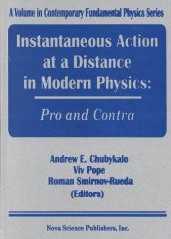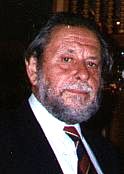The so-far unanswered question of whether the movements of distance-separated objects are correlated in the way quantum physics requires or whether, according to Einstein, they can influence one another only by mechanical agencies travelling between them at speeds limited to that of light. It is to that still unanswered question that this present compilation of papers is addressed.
The editorial approach is unusual in that in order to break the current conceptual deadlock and to encourage true innovation they have solicited inputs which are multidisciplinary. This open-ended venture is therefore perhaps more in line with what was once called Natural Philosophy than with what is currently known as 'Physics'. This is something of a departure for those who say that Physics no longer has anything to do with Philosophy. For there are physicists who believe that their predecessors have accomplished all the really important conceptual work on interpreting natural phenomena, so that there is no longer any call for radical revision in that direction. This leads to a constricted form of the discipline in which the purpose of all observation and experimentation is seen as simply to collect more and more information and fit it to conceptions which are traditionally 'cut and dried'.
The emphasis is thus on presenting informed and carefully considered descriptions of natural phenomena, economizing as far as possible on interpretations in terms of entities which turn out to be no more than speculative.




